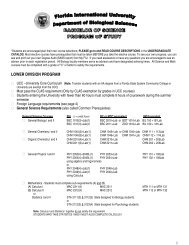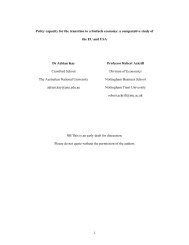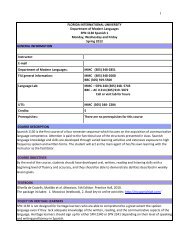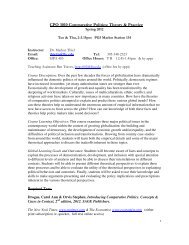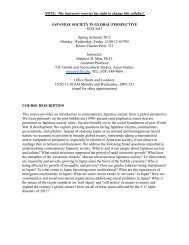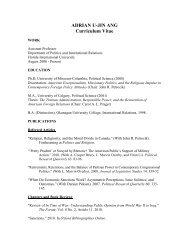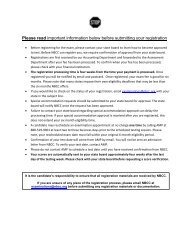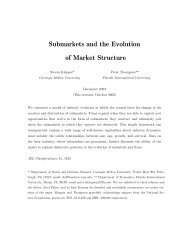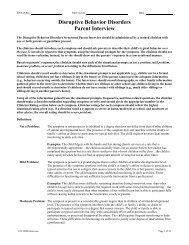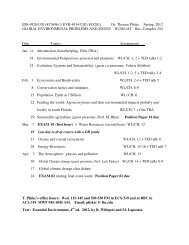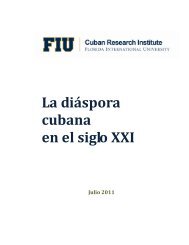GERMANY AS A
GERMANY AS A
GERMANY AS A
You also want an ePaper? Increase the reach of your titles
YUMPU automatically turns print PDFs into web optimized ePapers that Google loves.
Following the fall of the Berlin Wall, Germany was<br />
unified on 3 October 1990.<br />
France watched the events unfolding next door with<br />
interest. As a legal legacy of the war, it still held a<br />
political responsibility towards Germany. French<br />
President François Mitterrand supported reunification<br />
under the leadership of Chancellor Kohl, and so did the<br />
French public, though some quarters of the French<br />
media expressed reservations.<br />
50 YEARS OF THE ÉLYSÉE TREATY<br />
A NEW <strong>GERMANY</strong><br />
Paris and Bonn shared a desire to link German reunifi-<br />
cation with further European integration. This process<br />
led to qualitative progress in two regards: comprehen-<br />
sive reform of the European institutions, which led to<br />
the birth of the European Union (EU), and the creation of<br />
an Economic and Monetary Union (EMU) with a common<br />
currency. These advances are enshrined in the Treaty<br />
of Maastricht, which entered into force in 1993.<br />
The fall of the Berlin Wall enabled Germany’s democratic reunification.<br />
© Picture-alliance / dpa<br />
[ ]<br />
© Picture-alliance / dpa<br />
GERMAN REUNIFICATION LED<br />
TO M<strong>AS</strong>SIVE REFORM OF<br />
THE EUROPEAN INSTITUTIONS<br />
The Maastricht Treaty established the European Union (EU).<br />
FRANÇOIS MITTERRAND<br />
AND GERMAN UNIFICATION<br />
“For all that, the Franco-German couple stuck<br />
together. The Chancellor and I had similar views<br />
on constructing Europe and took that ambition<br />
as the touchstone of everything we did.”<br />
François Mitterrand,<br />
De l'Allemagne. De la France, 1996




